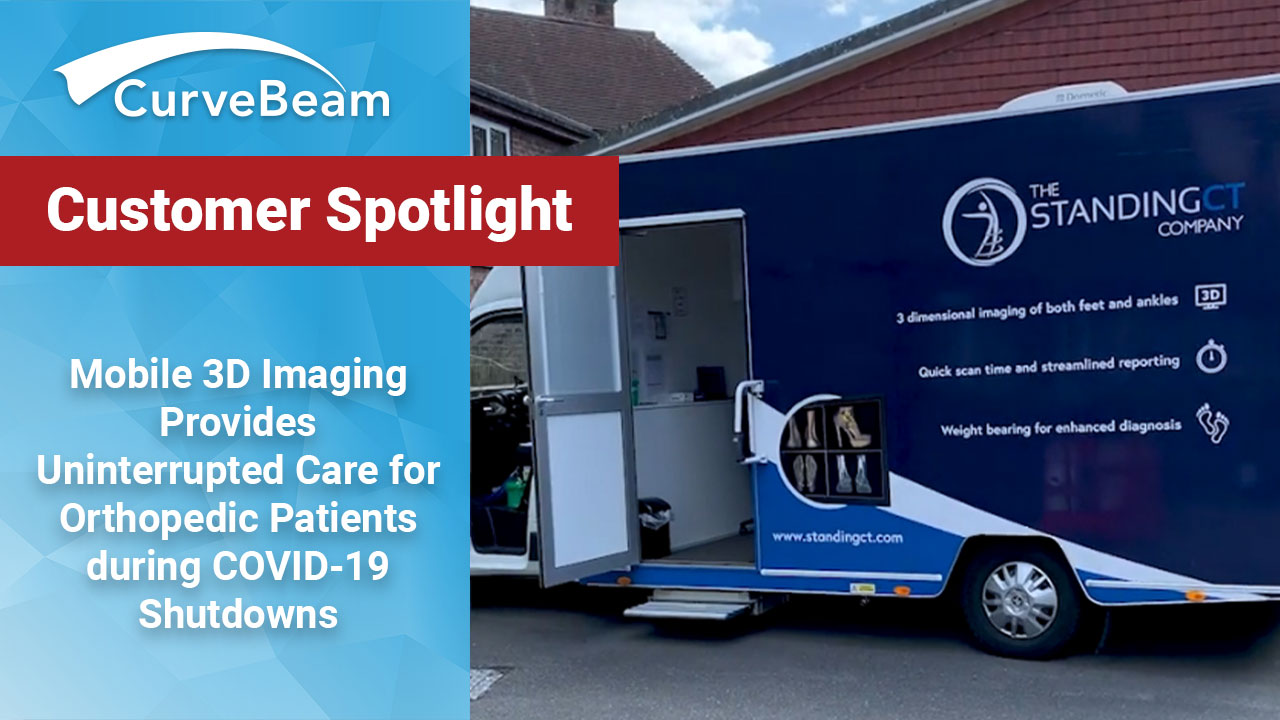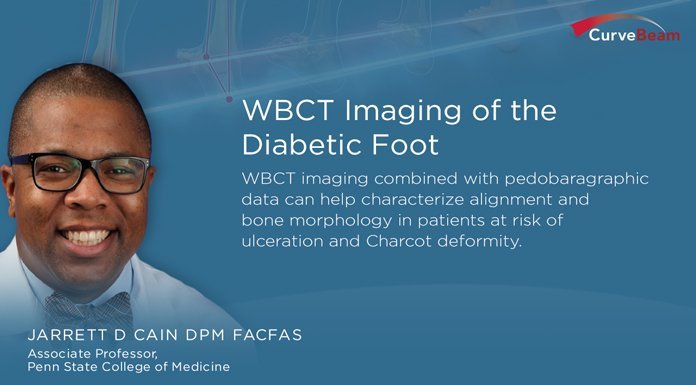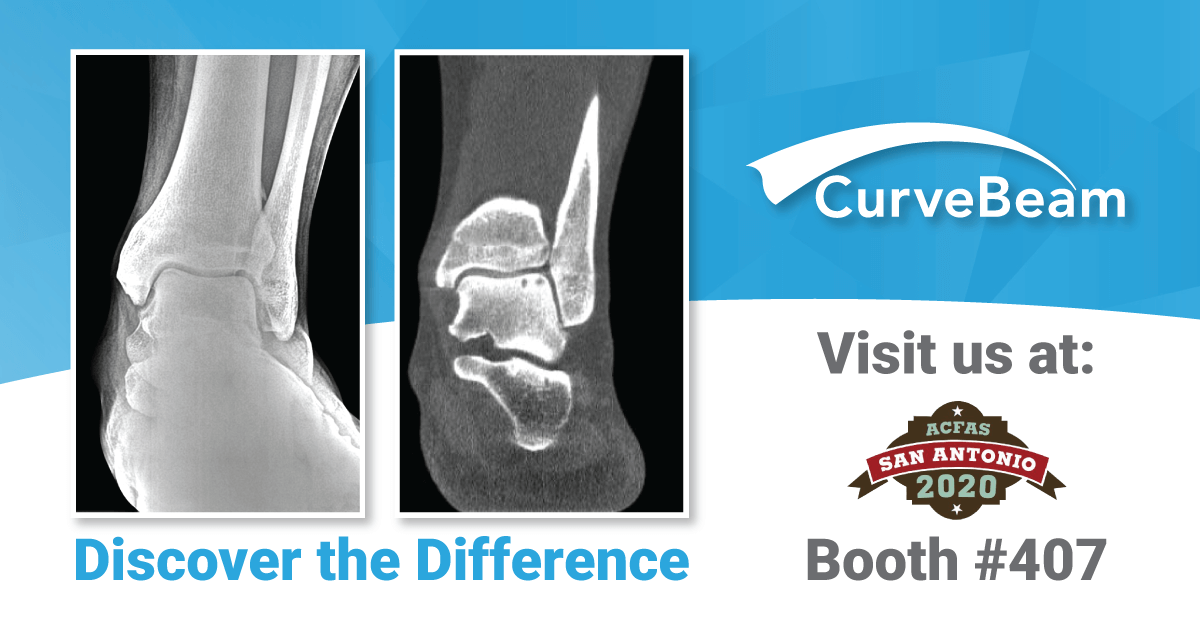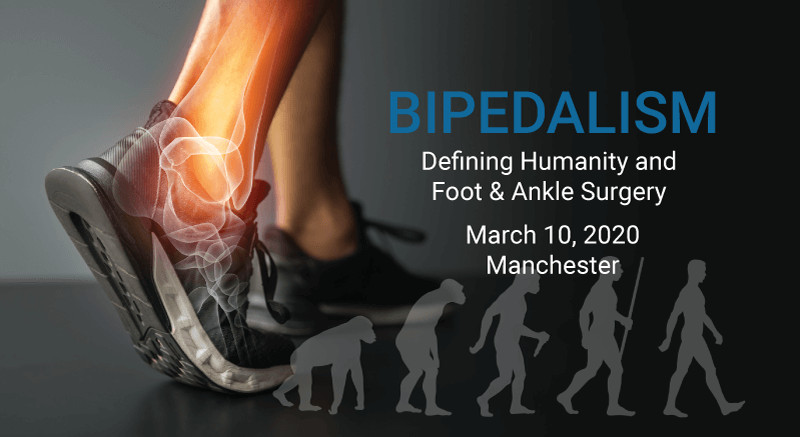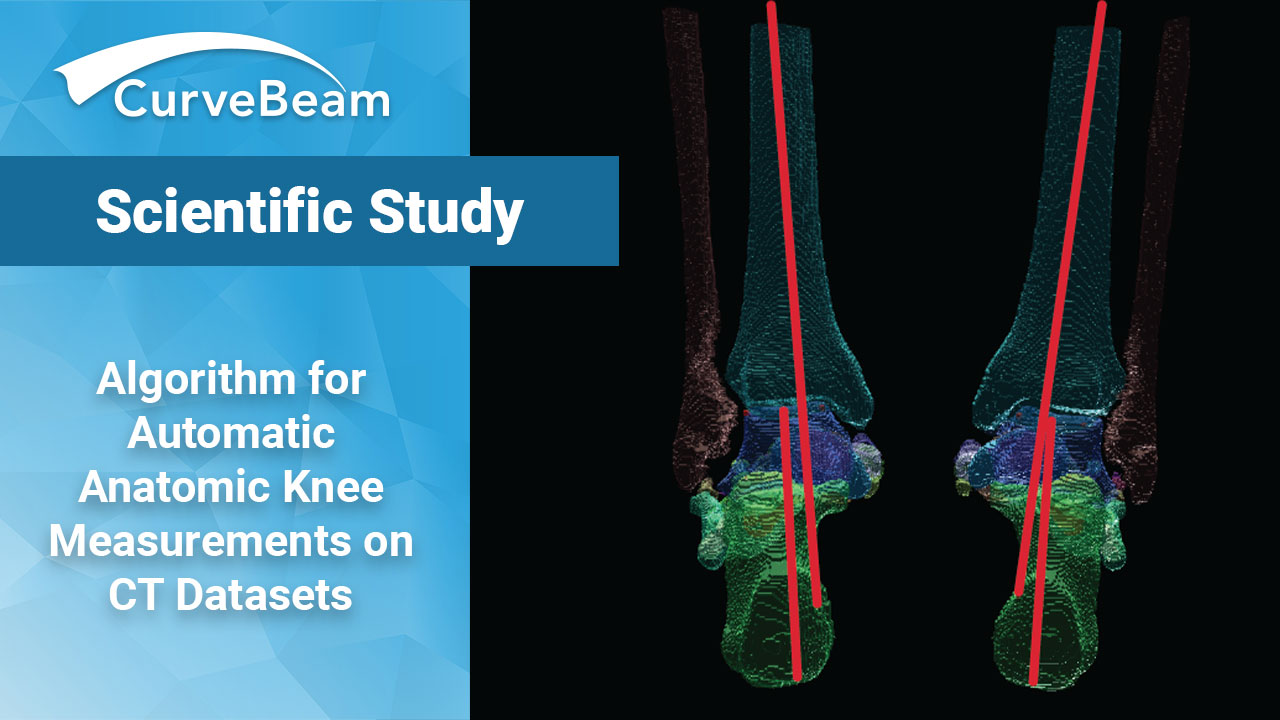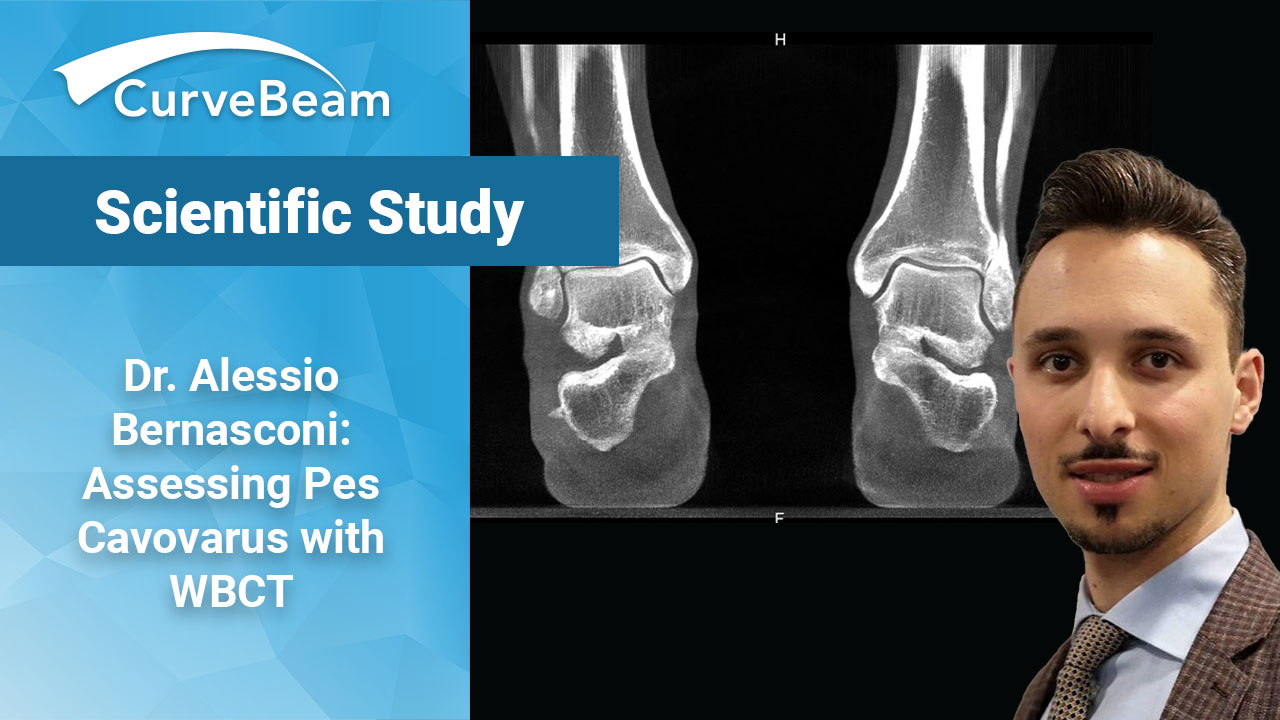Webinar Recap: WBCT Scans of Potentially Unstable WeberB/SER2 Fractures
In a recent CurveBeam webinar held during the ECR Virtual Congress, Radiologist Dr. Benedicte Lange and Orthopedic Surgeon Dr. Rene Gren Hansen Voldby co-presented on how weight bearing CT (WBCT) imaging is a better modality for differentiating between stable and…


